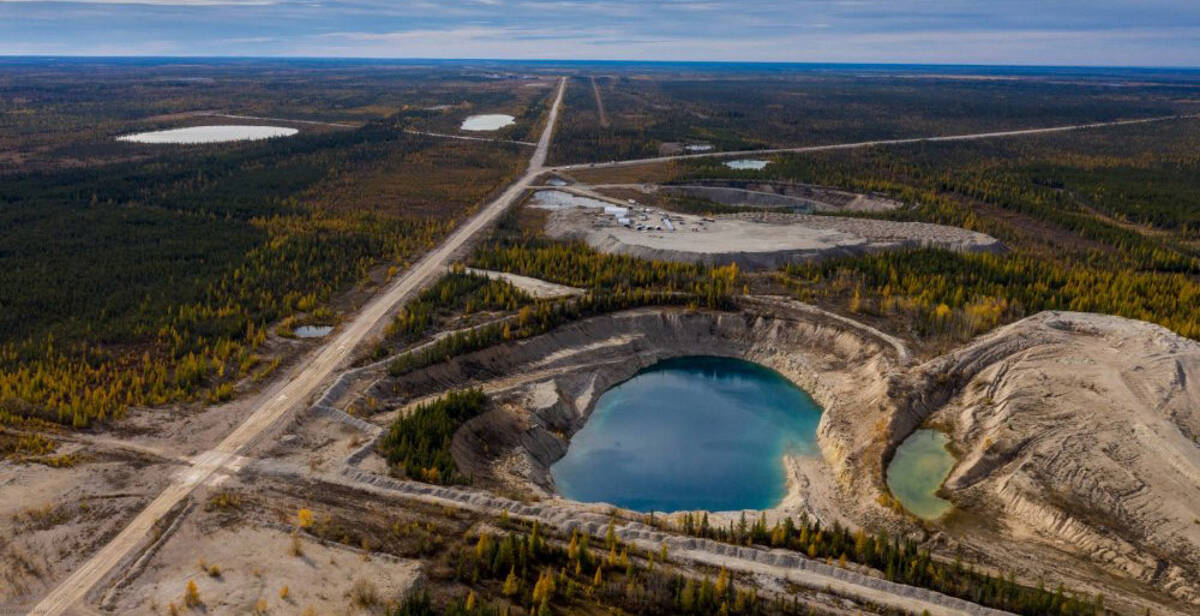The recent articles in NWT News/North in regard to the development of the Pine Point mineral resource project revealed a number of assumptions about the use of Taltson hydro power.
This gave me pause for reflection on the mine’s plans and their interaction with other plans and responsibilities that are part of the future of the South Slave region of the NWT.
The developer admitted that there would be no mine developed until 2029 at the earliest, if all the chips fell in the right place. I wish them all the success in the world in meeting this goal, which has been extended twice this year. There are many sips between cup and lip yet to be navigated for this to occur.
How does this affect the people of the South Slave? The CEO of the company stated that the mine could utilize all the surplus energy available in the Taltson hydro grid for a period of 12 years, the estimated mine life. The NWT Power Corporation seems very happy to simply wait for this to happen in the usage of the electricity.
This energy, once the ongoing renovation project at the dam is finished sometime in the next few months, will amount to 120 million kilowatt hours (kWh) per year surplus over any present usage. However, the bill to pay by South Slave ratepayers will come due upon the startup of the dam. The nearly $70 million price tag will be borne by the ratepayers at eight per cent for 50 years.
The power corp. will be collecting over $5 million a year on the backs of the people of Fort Smith, Hay River and Fort Resolution. Six years of waiting for a proposed mine to start will cost us over $30 million, only if every little thing goes according to plan. After the mine shutdown, we will be on the hook again.
Is there another answer that can serve us all? The Town of Fort Smith has put forward a detailed plan to the power corp. to move the community to electric heat from heating oil. To replace the 2.3 million litres currently used would take up 23 million kWh of the surplus.
With Hay River and Fort Resolution engaged in this idea, the 60 million kWh of surplus created in the heating season could be mostly taken up. At 10 or 11 cents per kWh, this amounts to revenue of $5 million to $6 million per year. This market would last as long as these communities exist.

So what about the mining interests? Here’s a couple of things to think about:
The mine will require a backup system equivalent to their total electrical requirements, just as each community has now. Running generators in winter will produce waste heat as electricity, an important need for most mining operations. All the surplus electricity in the warm seasons will be available for their use, at a very low cost, as it is truly surplus to the needs of all the customers. We can deal with greenhouse gas reductions for three communities, replace expensive imported heating oil, and have a plan that can accommodate a potential mine in the future.
Win, win — isn’t that we are all looking for?
—Dennis Bevington is the former MP for the Western Arctic (now NWT) and is a renewable energy advocate.
